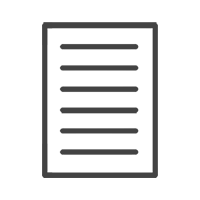HELP & ADVISE CENTRE FAQ
1. What is Archival or “Conservation” Framing?
Share this article:
Archival framing addresses 3 issues in the framing process:
-
- Acidity. Many products are acidic in nature, due to certain processes within their manufacturing or as a result of their natural composition. Acids react to chemicals in inks and papers, under certain conditions, and cause discolouration and “spotting”.
- Moisture. Moisture from humid conditions or rapid temperature changes acts as an enabler for unwanted chemical reactions within the frame. Excessive moisture can also cause warping and buckling within the paper which is extremely difficult to remove once it has set in.
- UV Rays. Harmful UV rays do damage to most of our planet in varying degrees. Items without adequate protection may weaken, discolour, crack and disintegrate from prolonged exposure over lengths of time. The most noticeable being discolouration or “yellowing” of papers. This can happen surprisingly fast if it receives any direct sun.
All elements within the frame that may come into contact with the artwork can be replaced with archival substitutes. Archival products are neutral and completely acid free. Frames may also be sealed, upon request, with silicone and waterproof sheeting from the rear of the frame to stop the entry of moisture into the frame. Lastly, UV protective glass can be installed to block all harmful UV rays. Our museum glass range blocks up to 99% of UV rays and are completely optically clear.











